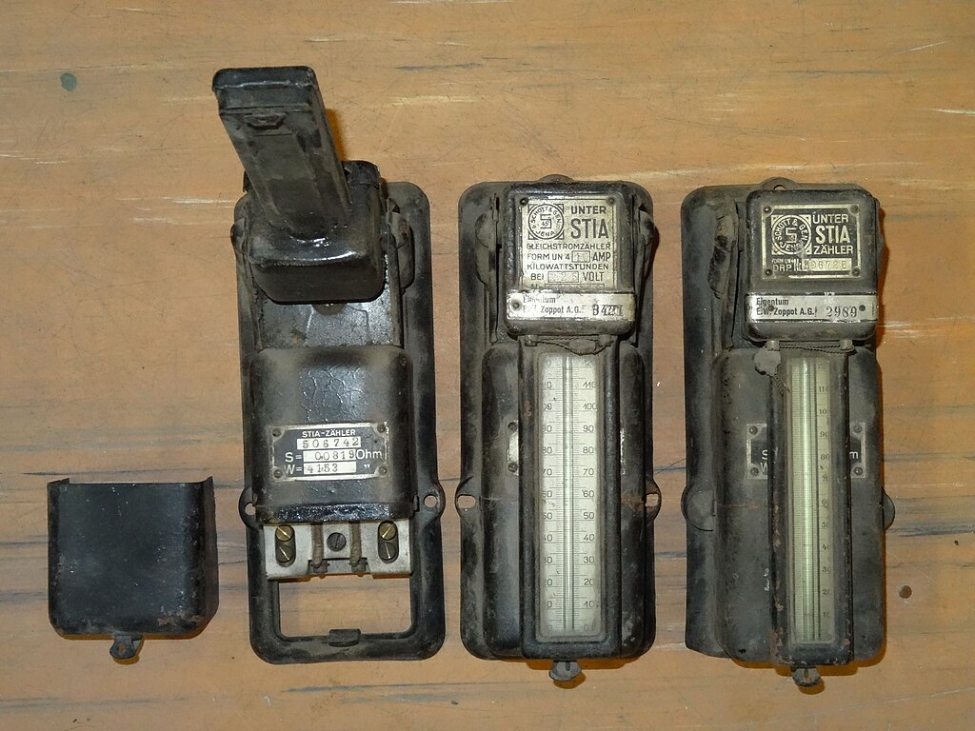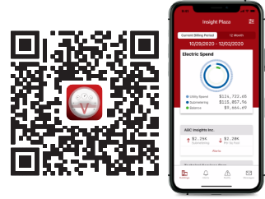The Mini Guide to Meter Selection
Choosing the right meters is tricky. Here are some guidelines to steer you toward success.
The Mini Guide to Meter Selection
(First published August 2024; updated August 2025)
Ever pulled up a product page for electric meters and felt instantly overwhelmed? For something that sounds as straightforward as metering, the options are staggering.
Because every building and every metering project is unique, it's impossible to give blanket recommendations about choosing the right submeter. What we can offer are guidelines to help frame decisions and give you technical specifications that work for most situations.
Our Top Recommendation: Revenue-Grade Meters
If you take away only one idea from this article, let it be this: Buy revenue-grade meters.
Why are we so determined that you should invest in revenue-grade over standard meters? We have four reasons:
- More accurate data (<0.5% error) improves cost recovery, budget planning, efficiency conservation measures, and tenant satisfaction.
- Less error in every reading means less propagation of errors, so your analyses and projections are also more accurate over time.
- Revenue-grade meters have more data storage (30–60+ days), so you have an on-site backup for those inevitable data losses (just be sure you can access the meter so you can actually get the data).
- They're required for utility incentives, demand response programs, and tenant billing. If you're ever going to go down the road of tenant billing or incentive programs, you'll have to install revenue-grade meters. Why not just do it right away?
If your goals involve any of the above, you need the accuracy of revenue-grade meters. There’s simply no comparison in quality and capability. Revenue-grade meters are essential to capturing the caliber of data that can be turned into insight.
Okay, But Which Revenue-Grade Meters? What Level of Accuracy Is "Best"?
That's a question we don't have a blanket answer for. Revenue-grade meters have a range of accuracy, from 0.5% down to 0.1%, with price points that reflect the differences. But is “more accurate” always better? Actually, no. It depends on your goals. That's why we stop at recommending revenue-grade meters in general, rather than a specific meter type or brand.
What projects may not benefit from a meter with the highest possible accuracy? Some examples include equipment that draws a large load or shorter projects, such as M&V studies and energy audits. In most cases, accuracy becomes more important as loads get smaller. So what you're measuring affects what meter you should install.
Must-Have Features for Electric Submeters
Here are the features you should insist on in any project:
- Non-proprietary communication
- Modbus output to data collection system
- Multiple independent, user-defined inputs
- Multiple independent voltage inputs that allow for simultaneous monitoring of multiple systems
- Line powered from 90–600 V, phase-to-phase ANSI, and IEC metering system accuracy, including branch CTs
- Supports solid core, split core, and Ally Rogowski coil CTs
- Meter board features easy access terminals for CT wiring and removable connectors; can easily route cable and view LEDs from any angle
- Reports volts, amps, power, demand, and energy for each circuit
- On-meter display for local (on-site) reading
- Provides multi-phase totals for loads with any combination of 1-, 2-, and 3-pole breaker positions
- Selectable phase orientation and number of circuits
- 5-year warranty
Nice-to-Have Features for Electric Submeters
We don't insist on these, but they definitely make your life easier, now and in the future:
- Vector diagrams to verify meters are installed correctly
- Ethernet port
- Line-powered
- Selectable phase orientation and number of circuits
- Demand reset functionality local at the meter
- High-voltage cover for safety
Pricing
We typically say that a good budget estimate for an electric meter and related equipment is $1,500 (for meter, CTs, and voltage connections. Note that installation is not included). However, there’s so much variability in meter models, measurement capabilities, and building needs that it’s impossible to promise even a ballpark figure. In other words, your mileage may vary.
The Takeaway
Without knowing your site and goals, no one can (or should) make specific recommendations about what meters and related equipment you need.
Our one universal guiding principle when buying meters is to buy revenue-grade meters if you have the money because you get so much more with a higher-quality model. Greater accuracy in your submetering will provide value over the lifetime of the building by helping you
- recoup more of the actual operating costs,
- improve budgeting and capital campaigns (because decisions are based on better information), and,
- achieve greater efficiencies of time, money, and energy consumption.
About utiliVisor
Your tenant submetering and energy plant optimization services are an essential part of your operation. You deserve personalized energy insights from a team that knows buildings from the inside out, applies IoT technology and is energized by providing you with accurate data and energy optimization insights. When you need experience, expertise, and service, you need utiliVisor on your side, delivering consistent energy and cost-saving strategies to you. What more can our 45+ years of experience and historical data do for you? Call utiliVisor at 212-260-4800 or visit utilivisor.com

